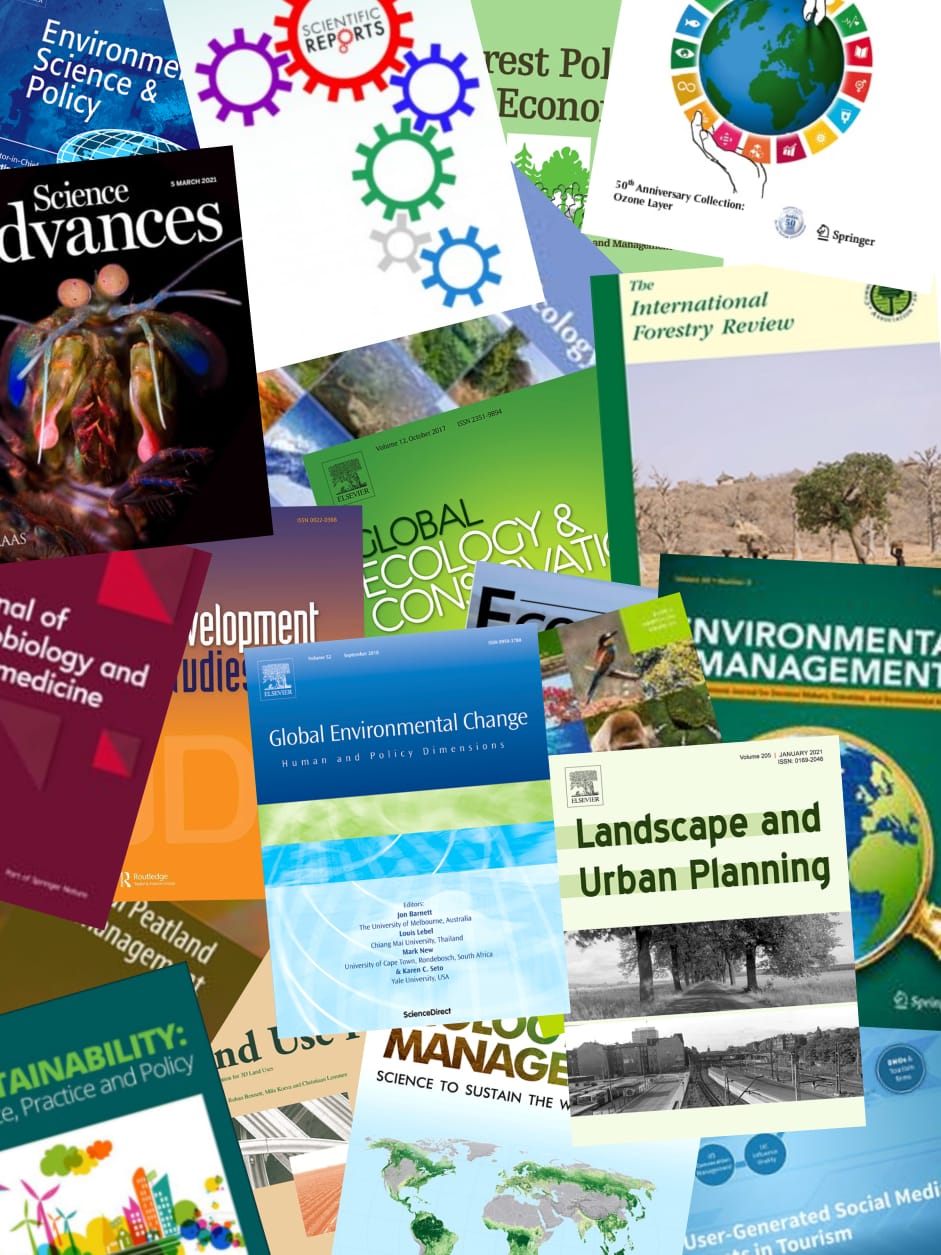Tropical peatlands are globally important ecosystems for carbon storage, biodiversity conservation, water storage and regulation, and several other valuable ecosystem services. Despite their importance, peatlands in Southeast Asia have been heavily degraded by anthropogenic disturbances such as drainage, agricultural con-version, and fire. In this spatially extensive study we characterised peat properties, nutrient concentrations, surface subsidence rates and greenhouse gas emissions from peatlands of Selangor, Peninsular Malaysia under different land-uses: Secondary Forest, Fire affected and replanted forest (Burnt), Pineapple Plantation, Mixed Agriculture, Smallholder Oil Palm Monoculture, and Industrial Oil Palm Monoculture. All the measured peat physico-chemical properties and nutrient concentrations were significantly different between land-uses. Prin-cipal component analyses indicated that peat under the Mixed Agriculture and Burnt land-uses showed the greatest degree of modification relative to peat under the Secondary Forest land-use. Burnt land-use also showed a significantly higher subsidence rate (4.4 & PLUSMN; 1.2 cm yr- 1) than all the other land-uses (ranging between 1.8 & PLUSMN; 0.47 and 3.2 & PLUSMN; 0.5 cm yr-1). Water table was significantly higher at the Burnt land-use (-26 cm) than all other land-uses, likely reflecting fire-prevention drain blocking measures as well as lower land surface heights post fire. Smallholder oil palm land-use had the lowest water table (-68 cm), while water table level in all other land-uses did not significantly differ from that of Secondary Forest (-43 cm). Peat surface level changes were positively related to increase in drainage, showing the importance of maintaining a high water table level in reducing peat degradation and carbon loss from peatlands. Total CO2 (mean range 492 to 1019 mg m- 2 hr-1) and CH4 emissions (mean range 637 to 1422 & mu;gm- 2 hr-1) did not significantly differ between land-uses or seasons. CH4 emissions were negligible under all land-uses and higher emissions were correlated with a higher water table level. Taken together, the results show that anthropogenic land-use change impacts the physico-chemical properties and nutrient content of peat, and that increased drainage alongside changes in other peat properties leads to increased peat subsidence and carbon loss.
View source

